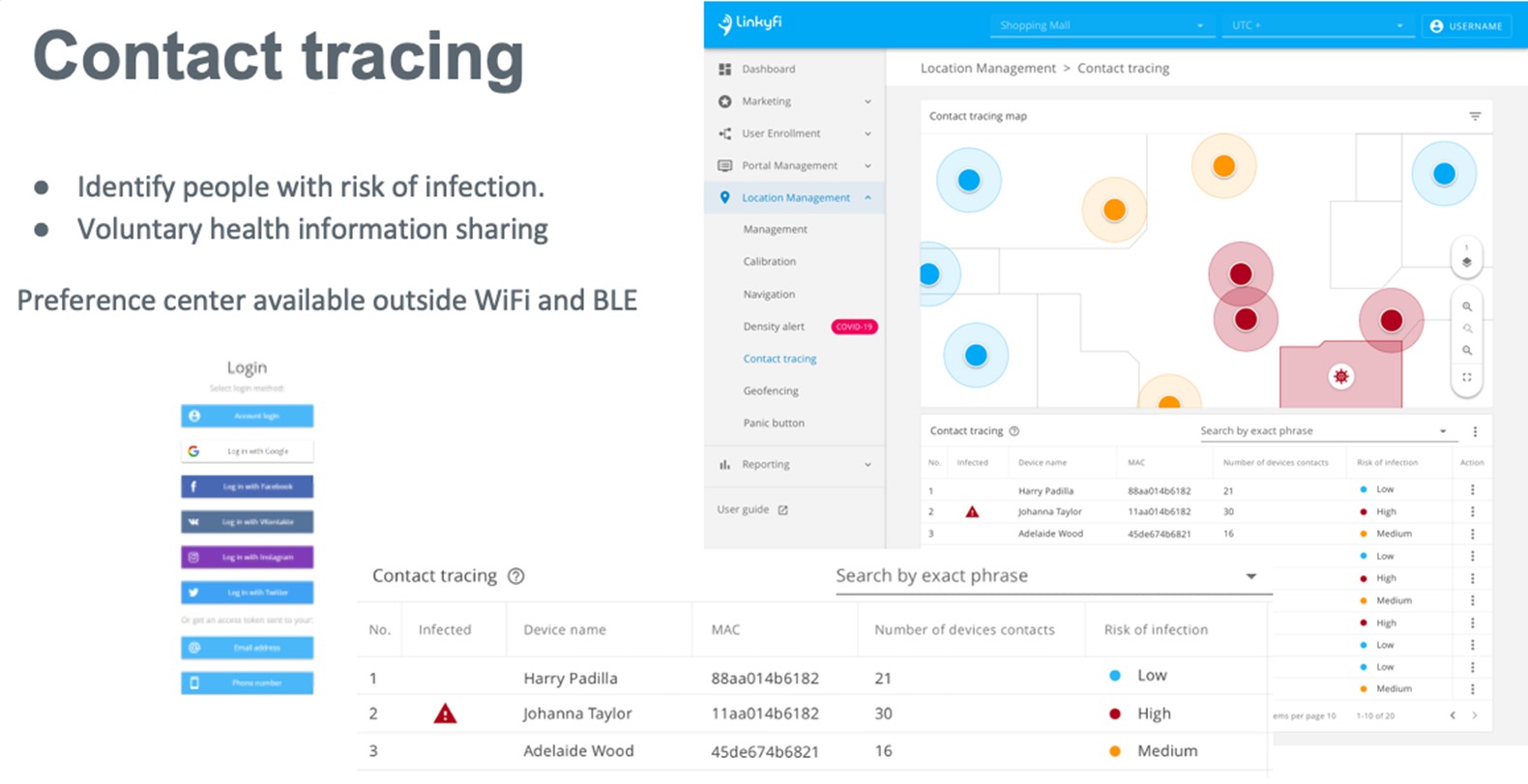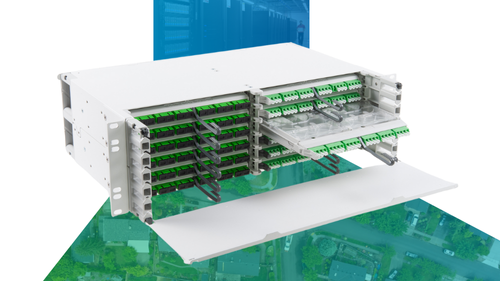 The COVID-19 pandemic has had huge impacts on life around the world, and perhaps the largest of these is the loss of confidence among venue operators, venue visitors, workers and other participants in the global economy. Knowing that we can’t simply sit at home and wait months or years for Coronavirus to blow over, venue owners and businesses of all kinds are anxious to return to some version of normal activity, and there are practical steps we can take to enable this.
The COVID-19 pandemic has had huge impacts on life around the world, and perhaps the largest of these is the loss of confidence among venue operators, venue visitors, workers and other participants in the global economy. Knowing that we can’t simply sit at home and wait months or years for Coronavirus to blow over, venue owners and businesses of all kinds are anxious to return to some version of normal activity, and there are practical steps we can take to enable this.
Today, technology can help restore confidence in returning to large venues by monitoring visitor temperatures and movements. Solutions to COVID-19 monitoring and compliance require an ecosystem of technology manufacturers, working together to develop solutions for venues of all types. There are four key technologies that provide solutions.
CLICK TO TWEET: CommScope’s Thierry Chau explains how technology is helping restore people’s confidence in returning to large venues.
Network Connectivity
Wireless and wireline connectivity are essential for providing conduits through which protocol implementation and monitoring information can flow. Networks must be flexible enough to reach any portion of a venue, robust enough to deliver high performance with low latency, and reliable enough to virtually eliminate downtime.
Location and Analytics Systems
Using complementary wireless technologies such as Bluetooth® Low Energy Beacons and ZigBee embedded in WLAN access points, coupled with local machine learning and cloud-based Artificial Intelligence, Wi-Fi- and IoT-enabled venues can now turn their wireless infrastructure into an indoor location engine to better help their visitor base stay safe.
Sensors
From infrared temperature sensors to contactless payment systems and cameras, monitoring large populations requires a range of devices that see, hear and feel crowd and individual activities. In addition to leveraging the use of Wi-Fi to determine location information, venues are also looking at integrating the use of smart devices and IoT to complement their deployment. These devices include forward-looking infrared (FLIR) cameras to determine elevated temperatures and other items such as smart sensors and Bluetooth® Low Energy beacons for applications to look at air quality, tracking of critical assets, panic buttons, and geo-fencing.
Software Applications
Application-specific software takes raw data from the network analytics system and evaluates it against pre-established criteria such as venue density or temperature thresholds and notifies the venue operator of problem areas. Many venue software companies, such as AVSystems, are already incorporating COVID-19 safety dashboards into their current offerings (see Figures 1 and 2).


Using these technologies means the infrastructure can be programmed to look at trends and predict problems where alarms and alerts can proactively monitor the venues and each visitor’s risk for transmission. Data can be collected, analyzed, and the system can make real-time risk assessments. Going a step further, logical or physical changes could be recommended to the network or venue environment which can be implemented to help keep the public safe.
Wi-Fi location analytics can, for example, not only help to determine whether there is traffic congestion but to determine the dwell times which can measure exposure. This sort of data can be used to determine if certain areas of the venues are posing a higher risk for COVID-19 transmission, or if a new configuration for traffic flow can better space out visitors or employees in a given area.
These are only a few examples of the modified public health and safety use-cases that are emerging where wireless broadband and location information is playing a role for a safer return to venues. When device, proximity, and location data can be properly correlated, and communication can be transmitted, received, and shared in real-time on a converged intelligent network infrastructure, countless health and safety opportunities and outcomes can be created.
Network connectivity has become an expected amenity for billions of internet users, and it can provide connections and services to assist with returning fans, visitors, patients, travelers, and workers to normal operating procedures with confidence. For the past decade, network system providers and their ecosystem partners have focused on supporting user experiences and commercial operations. Now we must take the capabilities we’ve developed along the way, and put them to work in the service of health and safety.














